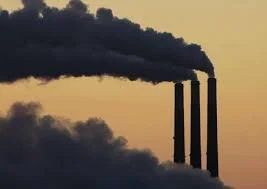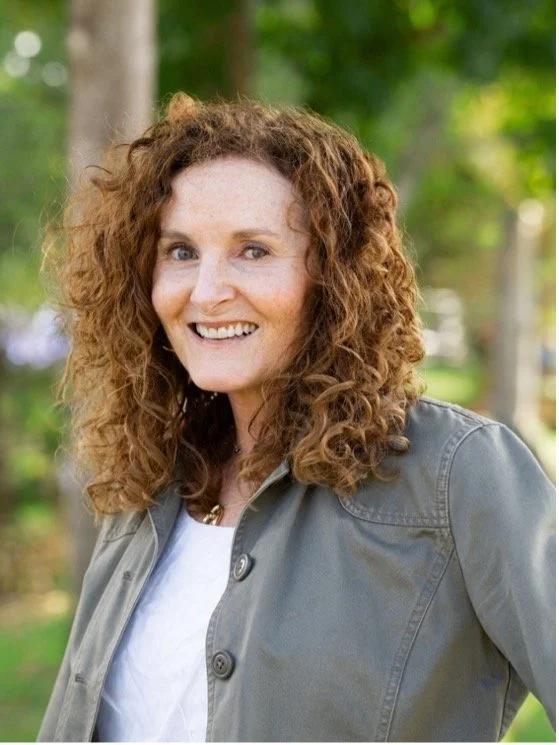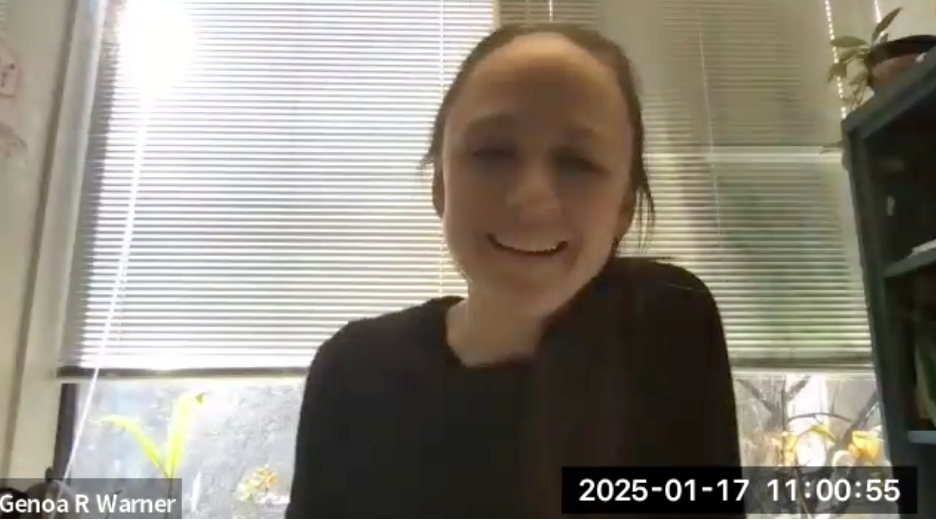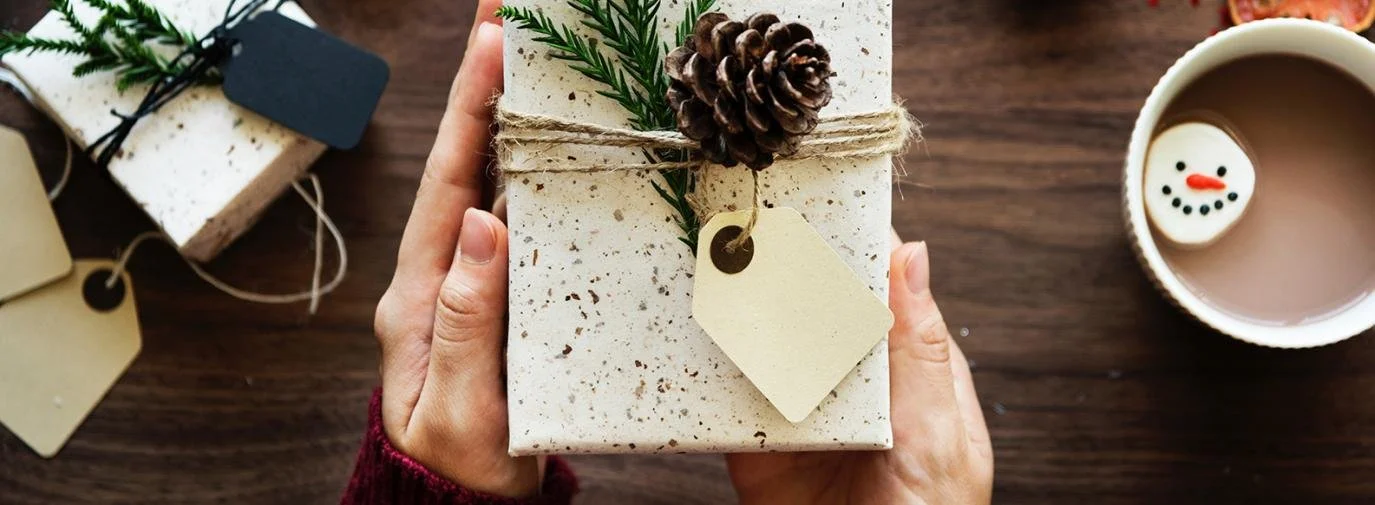As the Santa Ana winds bear down again on the still smouldering remains of LA's outskirts, Donald Trump has ordered the U.S. to exit the Paris Agreement, the only real hope we had of countering the climate change now cremating the hopes and dreams, the memories and homes, of so many. And climate change will not just bring fire. It will also bring extreme heat, floods, storms, diseases, mold, poverty, and political destabilization.
The plain fact is that history will judge not only Donald Trump--who is, frankly, beneath contempt--but also every person who voted for him in this election. There is no pardon possible for destroying the climate upon which all life depends. This is likely the beginning of the end of all we have cherished. I hope some intelligent portion of Trump voters will someday take responsibility for what they have done.
Given this ominous, balefire reality, I recommend everyone, even those less in danger of incineration, prepare by protecting what they can protect, doing what they can do. Survival is all a matter of degrees, literally.
An inspirational group of my American Public Health Association (APHA) colleagues have been preparing a long time for this eventuality and have created resources to help ordinary people as the full force of climate change bears down. Regardless of how you voted, the APHA Children's Environmental Health (CEH) Committee still want you and your children to survive and flourish. So here are some tips for countering the worst effects of climate change.
In addition, Lisa Patel, whom I interviewed a year ago for the book, has her fingers on the pulse of wildfires and health in California. Her Medical Society Consortium on Climate and Health is an excellent resource for preparing for and coping with wildfires.
Please help fight fires, literal and metaphorical.













